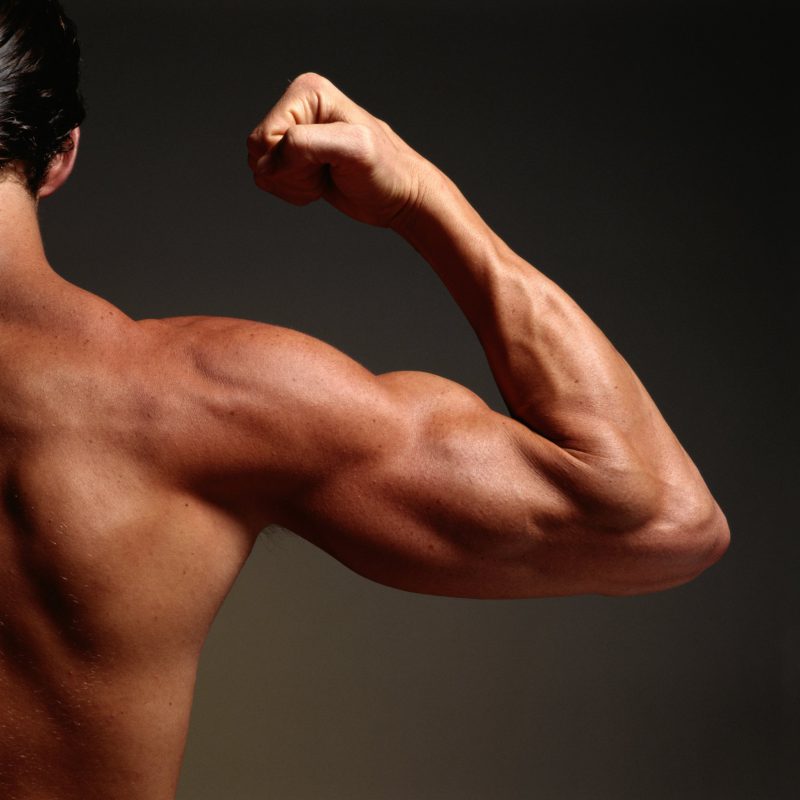Necessary adjustments in training
It often happens that during training in the gym, each of us noticed one unpleasant feature – some muscles inevitably begin to lag behind. The most important reason is usually an incorrectly prescribed workout program. Because of which, weaker muscles begin to either get an overload, or they do not feel it at all, which, of course, causes problems with growth itself. The topic of this article is hands, since they are often the main problem. Simply put, they are often overtrained. The most absurd thing is that overtraining insists on the fact that the trainee himself believes that his hands are not being finalized, and therefore loads them even more. All this leads to a vicious circle. It turns out a funny picture – we shake our hands more, but they either do not grow at all, or even begin to lose precious centimeters in girth. So how do you know what the hell is going on here? To begin with, we need to do something quite wild at first glance – stop training our arms for a month and a half, and after that start changing something. There may be several outcomes of this test.
- The bazookas still began to grow. In this case, your arms, at least at this stage, will have enough indirect load received from the pulls on the back and presses on the chest. In this case, we just need to watch. When the arms stop growing again, then we will connect the aiming load.
- The bazookas either generally remained the same, or have grown up to sheer nonsense. Well, this time, a non-direct load will allow us to at least maintain the achieved result, but in order to increase the volume, we still have to add something. Our method will be to select a direct load on the stubborn muscles. It may take a very small addition to the training volume. Just a couple of sets on a pump in the range of 15-20 repetitions can do the trick, the arms should begin to grow.
- The worst happened and your hands became smaller. In this case, it is obvious that the training volume was simply not enough. To remedy the situation, we will have to go to extreme measures and set aside a specialized day for training exclusively hands. However, if you are not a very experienced athlete, you may need the help of a qualified coach, but we believe in your strength and therefore we will continue the story further. When building a specialized training, it will be important to follow certain rules.

Rules for writing a hand specialization:
- Specialization can be carried out for no more than one muscle group, in our case, for the arms. Moreover, it is recommended to slightly reduce the load on other muscles. Attempts to build specialization for several muscle groups at once using complex split systems will most likely simply lead to the development of overtraining;
- The day of the hand should be in the first place in your split, and, accordingly, it should be preceded by at least one day of rest;
- The days of training the chest and back should be located as far as possible from the day of training with hands, as they can negatively say on their recovery;
- Specialization usually should not exceed a cycle of 8-10 weeks, after the announced period it is better to try to return to a more standard training schedule.


